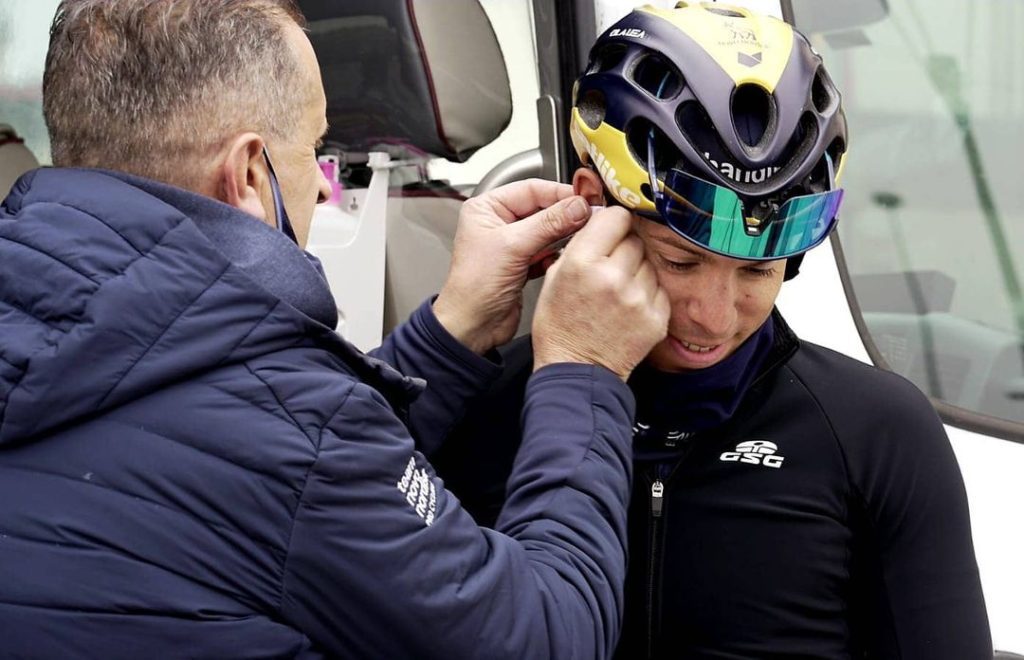Diabetes and cycling: it is possible to coexist with both
As a condition closely linked to the metabolism of our body and how it converts food into energy, which is crucial in endurance sports like cycling, one might assume that cyclists with diabetes could be somehow limited in their activity. However, Logan quickly debunked this notion:
As people with diabetes, we still worry about the same factors that every other cyclist worries about, particularly nutrition during the race, ensuring that we’re eating 90 to 100 grams of carbohydrates per hour, making sure we’re well-fueled before the race starts, that our recovery is optimal after the race. But we live our lives every day with diabetes, and that’s something that’s always in the background of our mind. So, while it’s something we have to be constantly aware of, it doesn’t impact our performances. At Team Novo Nordisk, our philosophy is that diabetes is no longer an excuse for anything. So, we control the variables that we’re capable of controlling and the rest is up to fate.

In the life of a professional cyclist, races are only the visible part of a job that requires sacrifice, control, and high demands. Everything is meticulously calculated, from training to lifestyle, including rest and nutrition. However, having diabetes doesn’t mean that one has to adopt a more restricted lifestyle than other athletes, as Logan explained:
It’s all the same. I work with a nutritionist who also works with many other professional cyclists, and we focus solely on nutrition. I’m getting a nutrition program similar to that of other riders, obviously adjusted based on training loads and racing. But it’s the same. The main difference is simply monitoring glucose levels during races. However, just like in the race, during training we’re focused on doing our job and not worrying about the possibility of reaching excessively high or low blood sugar levels.
In race situations, does diabetes impact the team’s strategy and the behavior of each cyclist in the peloton? Are trips to the car more frequent for Team Novo Nordisk riders compared to the rest of the peloton? Logan explains, with a touch of humor, the possible differences:
I would say that we might have more food in our pockets when we’re starting. And it’s probably just a habit that we get into from training. This season, I’ve trained myself to think that I don’t need to stuff my pockets too much because if I need something else, I get it from the feed bag at the feed zone or or get it from the car if I need it. And in that respect, I don’t really think that we do have more trips back to the car. Maybe we do it to check our glucose levels if needed, but it’s never something that’s on my mind. Most of the time, I don’t even want to go back to the car because the peloton is in a single file [laughs].





